A lot of wineries have a sibling operation and in many cases, the lesser-known one is where real deals can be found.
The general second wine concept was born abroad, in places like France where there are established hierarchies for wine. If a blend couldn’t make the cut for, say, Grand Vin status, it could enter the market as something else, at a lower tier.
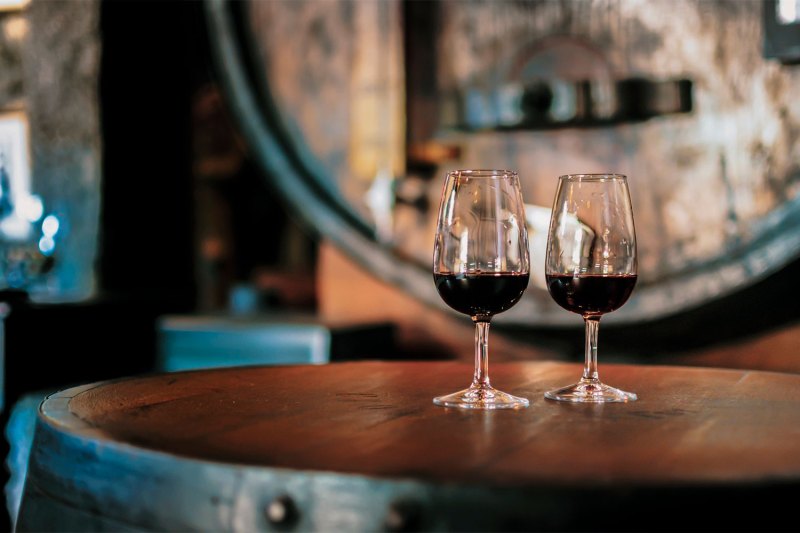
In the United States, a second label has become a savvy way for wineries to increase awareness. Sometimes, a smaller, high-end producer will start an entry-level label that focuses on larger-production wines. They function like business cards and gateway drugs, introducing consumers to the brand and hoping they’ll someday take the plunge into some of the label’s higher-end material.
Other times, the second label is so obscure you’d never know it was related. Wineries do this as a side business, often operating the second label on a larger scale with the hopes of grocery store and large retail placements. The cheaper cost of the wine cuts into profits, but America loves a reasonably priced wine and if a producer makes enough of it, there are profits to be had.
Alternatively, more established names will start a reserve or higher-end operation as their second label. It can be to showcase their best juice or experiment with new varieties, styles, blends, or appellations. Sometimes, an established name will look to an emerging part of the wine map and start a new operation there, under a different name. In this case, they’re often only related in terms of prestige and legacy, but sometimes the two labels — as physically far away as they may be from each other — will share a winemaker, or at least a specific winemaking philosophy.
Regardless of the exact nature of the alternative label, they tend to spoil the wine enthusiast. Here are a few to put on your radar:
Cloudline
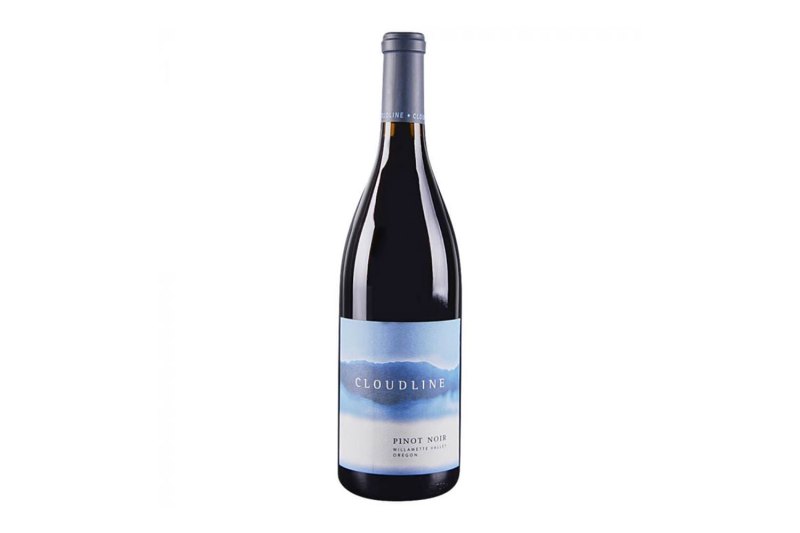
An entry-level effort from the famed Drouhin family of France and Domaine Drouhin Oregon in the Dundee Hill, Cloudline is a purveyor of drinkable $20 Pinot Noirs.
Delamotte and Laurent-Perrier
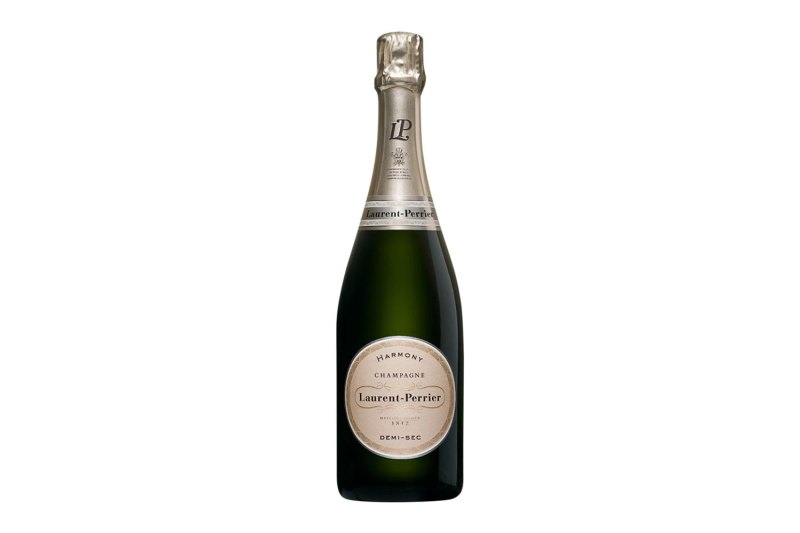
These Champagne producers are directly related to Salon, responsible for what many believe to be some of the best bubbles on the planet. And the work from Delamotte and Laurent-Perrier comes in at much, much more reasonable price points.
Overture
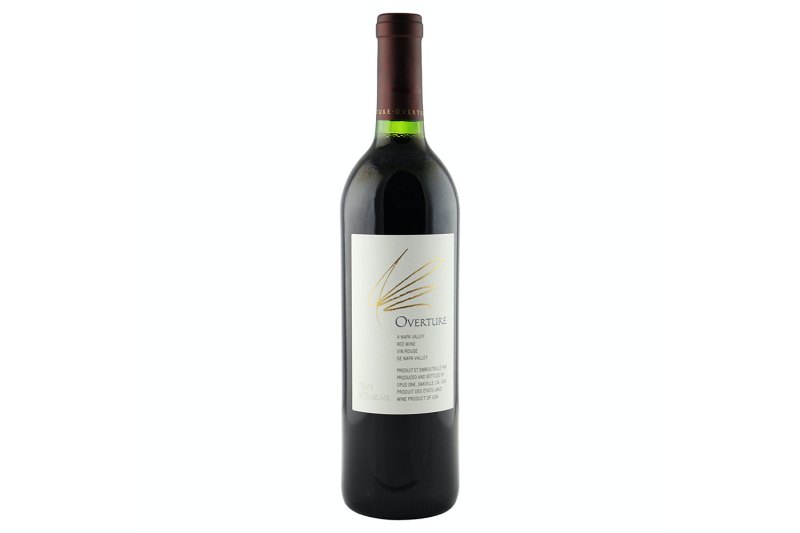
Overture is the alt-brand to storied California producer Opus One. It’s a less expensive way to experience real Napa Valley knowhow.
Résonance
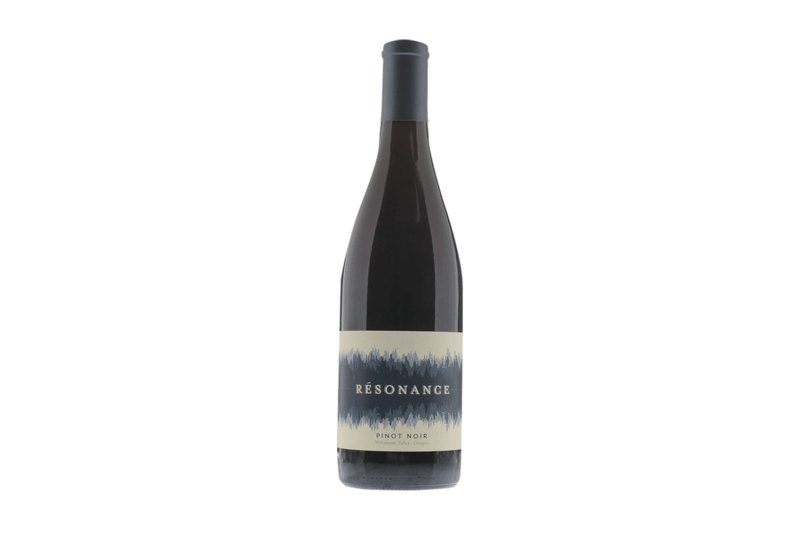
Résonance is the first operation outside of France for négociant Louis Jadot. While the wines aren’t cheap, they offer learned New World riffs on two varieties the family is very familiar with in Pinot Noir and Chardonnay.
Guidalberto
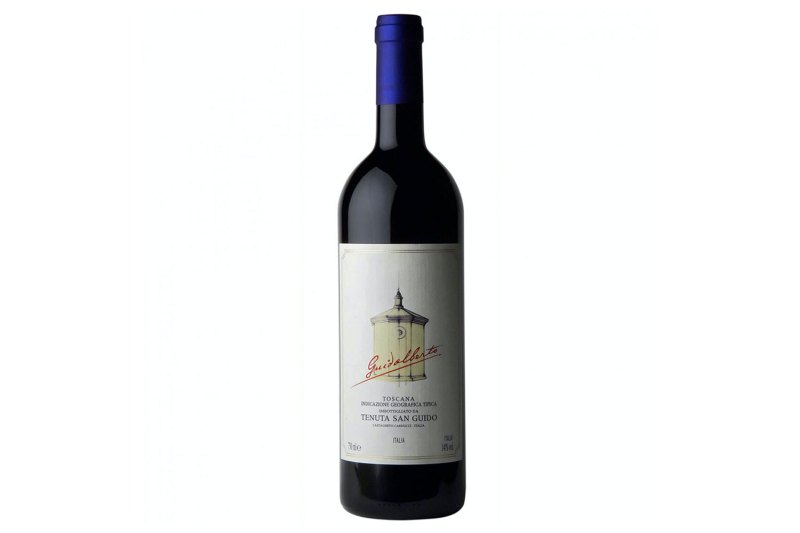
It’s not easy to get your hands on a premier super Tuscan like Sassicaia. Play it safe and opt for its other label, Guidalberto.
Jayson

Second label Jayson is from respected and longstanding California vintner Jayson Pahlmeyer and worth seeking out for full-bodied but balanced reds.
Caravan

Caravan is the offshoot of Darioush and offers relative steals from northern California.
Guild
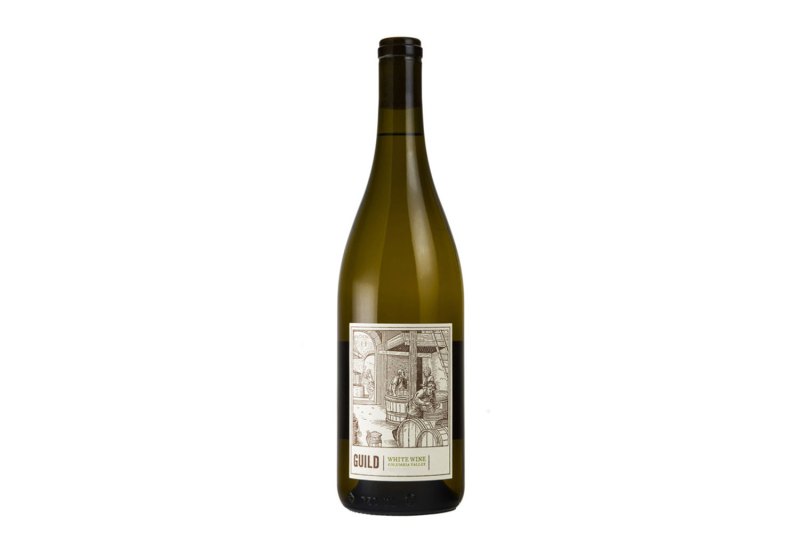
Another Oregon operation that delivers quality at a very reasonable price, made by a talented trio of winemakers from Helioterra, Grochau Cellars, and Vincent Wine Co.


